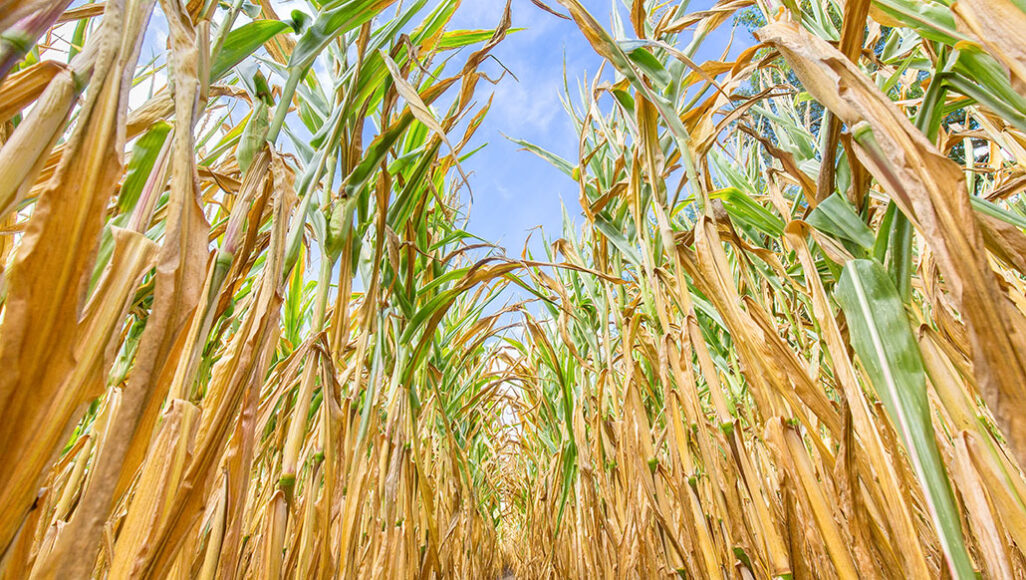Questions for ‘In blazing heat, some plants open leaf pores — and risk death’

Heat waves and droughts can have a roasting effect on vulnerable plants’ leaves. As the climate changes, blazing heat and lack of water may put some plants at greater risk.
Ben-Schonewille/iStock/Getty Images Plus
Share this:
- Share via email (Opens in new window) Email
- Click to share on Facebook (Opens in new window) Facebook
- Click to share on X (Opens in new window) X
- Click to share on Pinterest (Opens in new window) Pinterest
- Click to share on Reddit (Opens in new window) Reddit
- Share to Google Classroom (Opens in new window) Google Classroom
- Click to print (Opens in new window) Print
To accompany ‘In blazing heat, some plants open leaf pores — and risk death’
SCIENCE
Before Reading:
- What are some ways your body cools you down when you get too hot? How might other animals, like dogs, cool down when overheated? Now think about plants. How might they cool down? How much of a problem do you think overheating might be to a plant?
- Sketch a picture of a plant, roots included. Use arrows to indicate the plant parts through which water enters. Make a guess: From which plant parts do you think water can leave? Use arrows to indicate your guess. When a plant is thirsty, what physical changes do plants undergo? Which parts of the plant show the earliest signs of dehydration? Indicate these parts on your sketch. Then use a sentence or two to describe what kinds of changes you might observe.
During Reading:
- What are stomata? Where can they be found? List two types of changes that trigger stomata to open or close.
- When open, what do stomata take in?
- In sweltering heat, how can plants use their stomata to cool down?
- How many plant species did Renée Marchin Prokopavicius and her team study? How were one-half of the plants treated differently from the other half?
- In this study, which plants coped with the greenhouse “heat wave” without suffering leaf damage? What two species suffered the greatest leaf damage and why?
- Why does David Breshears suggest repeating the experiment elsewhere?
- What was the “hopeful lesson” that Marchin learned?
After Reading:
- How did the scientists in this study predict climate change would affect the frequency of plant dehydration? If their predictions are correct, what other types of life forms would likely be affected as a result? Consider how you use plants in your day-to-day life. List two specific ways that such a change might impact you.
- Describe the characteristics of places where plants are likely to suffer the most. Use findings from this study to support your answer. Now consider the plants living in your area. Describe the climate and geography of the area in which you live. Based on what you’ve learned, how might the plants in your area be affected by increased average temperatures?
- The density of stomata can affect the rate at which plants lose water. How would you expect plants with higher stomata density to compare with plants with lower stomata density? Explain your answer. On most plants, stomata density is higher on the underside of leaves. The topside of leaves typically has fewer stomata per unit of area. What advantages do you think this gives the plant? What potential problems might this help the plant avoid?